This article was co-authored by Chris M. Matsko, MD. Dr. Chris M. Matsko is a retired physician based in Pittsburgh, Pennsylvania. With over 25 years of medical research experience, Dr. Matsko was awarded the Pittsburgh Cornell University Leadership Award for Excellence. He holds a BS in Nutritional Science from Cornell University and an MD from the Temple University School of Medicine in 2007. Dr. Matsko earned a Research Writing Certification from the American Medical Writers Association (AMWA) in 2016 and a Medical Writing & Editing Certification from the University of Chicago in 2017.
This article has been viewed 135,102 times.
Body lice are small parasites that can live near the surface of a person's skin, feeding on his blood. These body lice can cause severe itching and red bumps to occur on the skin's surface. Treating body lice can be very simple and in most cases is a matter of increasing personal hygiene and thoroughly cleaning clothes and bedding. If you are suffering from body lice, take action today to remove them from your home and your life.
Steps
Removing Body Lice
-
1Wash any bedding and towels that were used. Body lice can hide and thrive in any old bedding or towels that a person with body lice may have used. By properly cleaning both towels and bedding you deprive the body lice of their home, killing them in the process.[1]
- Use hot water when cleaning any bedding. The water should be at least 130°F (54.4°C).
- Don't let the bedding or towels come in contact with other bedding or clothing, as this can spread the lice.
- Make sure you are cleaning bedding and towels at least once a week.
-
2Change and clean clothes regularly. Body lice are usually spread as a result of poor personal hygiene. Changing dirty or soiled clothes regularly can also remove body lice and prevent a future infestation of them. By wearing clean clothes and properly bathing you can remove body lice and prevent future troubles.[2]
- At least once a week, if not more frequently, you should change into fresh clothing.
- Always wash and dry infested clothing at high temperatures, around 130°F (54.4°C).
Advertisement -
3Practice proper hygiene. A simple and easy method that you can use to fight against body lice infestations is to bathe regularly and practice proper hygiene. By keeping your body clean you will create an uncomfortable environment for any body lice, causing them to leave your body and helping you avoid any future trouble from them.[3]
- Try to shower or take a bath at least once daily.
- Wash and clean your hair at least once a week.
- Make sure to clean all areas of your body using both soap and water.
-
4Consult a doctor in a severe case of body lice. If you or someone you know has a severe infestation of body lice you may need to visit a doctor and receive an application or prescription of a pediculicide, usually permethrin. Using a pediculicide will directly kill any body lice that might be living on the surface of the skin.[4]
- Your doctor will be able to prescribe a pediculicide to you.
- Follow directions exactly when using a pediculicide.
- You will still need to thoroughly wash and clean any potentially infested clothes, towels, or bedding.
Identifying Body Lice
-
1Take note of any itching or bumps on your skin. If you have an infestation of body lice, chances are that you will also have itchy skin or bumps that result from their bites. If you notice any unusual itching or red, slightly swollen bumps on your skin you may have body lice.[5]
- Itching is most intense around your waist or areas of the body where clothes are in close contact.
- Red bumps may scab over after appearing and will be itchy.
-
2Check your clothing. Although body lice survive by taking blood from their host, they actually live in the folds of clothing. Finding body lice on the body or skin can be difficult. Search your clothes to have the best chance of finding any body lice that may be present.[6]
- Using a magnifying glass can help in your search.
- Check clothing items that are closest to your skin, such as underwear.
-
3Identify the body lice. Body lice can be difficult to see as they are very small and can move around the body quite easily. Their tendency to hide and live within your clothes can also make them difficult to find. However, it is possible to find both the body lice and their eggs with a close examination, confirming their presence.[7]
- Adult lice will be around 3 to 4 millimeters in length.
- Lice have six legs.
- Body lice may appear tan or gray.
- An egg, or nit, is usually small, oval, and slightly yellow in color.
Expert Q&A
-
QuestionIs my skin in any danger from body lice?
 Chris M. Matsko, MDDr. Chris M. Matsko is a retired physician based in Pittsburgh, Pennsylvania. With over 25 years of medical research experience, Dr. Matsko was awarded the Pittsburgh Cornell University Leadership Award for Excellence. He holds a BS in Nutritional Science from Cornell University and an MD from the Temple University School of Medicine in 2007. Dr. Matsko earned a Research Writing Certification from the American Medical Writers Association (AMWA) in 2016 and a Medical Writing & Editing Certification from the University of Chicago in 2017.
Chris M. Matsko, MDDr. Chris M. Matsko is a retired physician based in Pittsburgh, Pennsylvania. With over 25 years of medical research experience, Dr. Matsko was awarded the Pittsburgh Cornell University Leadership Award for Excellence. He holds a BS in Nutritional Science from Cornell University and an MD from the Temple University School of Medicine in 2007. Dr. Matsko earned a Research Writing Certification from the American Medical Writers Association (AMWA) in 2016 and a Medical Writing & Editing Certification from the University of Chicago in 2017.
Family Medicine Physician If you are scratching, there is a chance that you could get a Staph infection.
If you are scratching, there is a chance that you could get a Staph infection. -
QuestionCan I use head lice shampoo as a body wash for body lice?
 Chris M. Matsko, MDDr. Chris M. Matsko is a retired physician based in Pittsburgh, Pennsylvania. With over 25 years of medical research experience, Dr. Matsko was awarded the Pittsburgh Cornell University Leadership Award for Excellence. He holds a BS in Nutritional Science from Cornell University and an MD from the Temple University School of Medicine in 2007. Dr. Matsko earned a Research Writing Certification from the American Medical Writers Association (AMWA) in 2016 and a Medical Writing & Editing Certification from the University of Chicago in 2017.
Chris M. Matsko, MDDr. Chris M. Matsko is a retired physician based in Pittsburgh, Pennsylvania. With over 25 years of medical research experience, Dr. Matsko was awarded the Pittsburgh Cornell University Leadership Award for Excellence. He holds a BS in Nutritional Science from Cornell University and an MD from the Temple University School of Medicine in 2007. Dr. Matsko earned a Research Writing Certification from the American Medical Writers Association (AMWA) in 2016 and a Medical Writing & Editing Certification from the University of Chicago in 2017.
Family Medicine Physician No, use permethrins to get rid of body lice, and pyrethrins to get rid of head lice.
No, use permethrins to get rid of body lice, and pyrethrins to get rid of head lice.
Warnings
- Body lice can be spread from direct person to person contact.⧼thumbs_response⧽
- Body lice can transmit other diseases. Treat an infestation as soon as possible.⧼thumbs_response⧽
References
- ↑ http://www.cdc.gov/parasites/lice/body/treatment.html
- ↑ http://www.cdc.gov/parasites/lice/body/treatment.html
- ↑ https://medlineplus.gov/bodylice.html
- ↑ https://patient.info/doctor/pubic-and-body-lice-pro
- ↑ https://medlineplus.gov/ency/article/000838.htm
- ↑ http://patient.info/doctor/pubic-and-body-lice
- ↑ http://www.cdc.gov/parasites/lice/body/gen_info/faqs.html
About This Article
To treat body lice, clean any contaminated bedding, towels, or clothes weekly on the hottest water setting to destroy them. Since lice can spread through fabrics, keep any contaminated items away from your clean items. In addition to changing your clothing daily, you should shower or bathe once a week and wash your hair weekly as lice can’t thrive in clean environments. Make sure you use soap and water to remove the dirt and bacteria that lice are attracted to. If the infestation is severe, consult your doctor since you may need to use prescription medication to kill any lice living on your skin. For more advice from our Medical co-author, including how to identify body lice, keep reading!
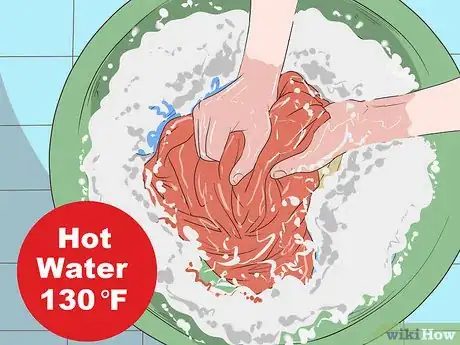

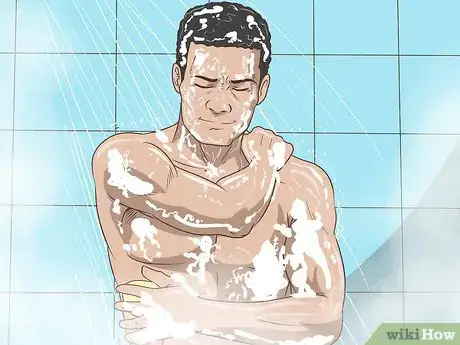
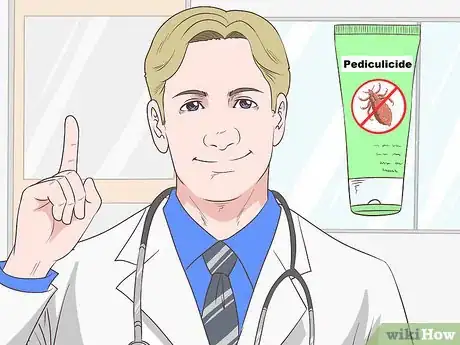

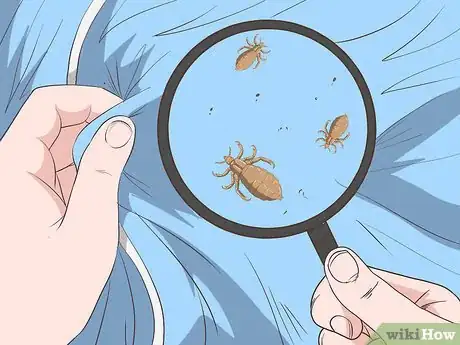
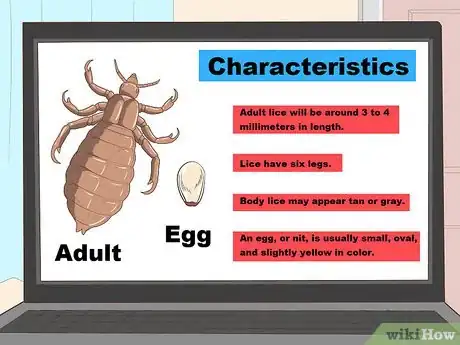

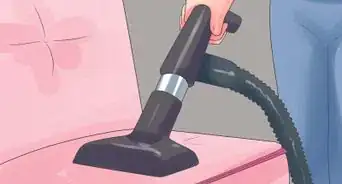
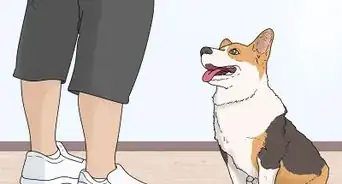

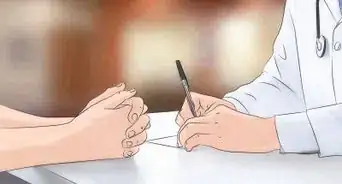

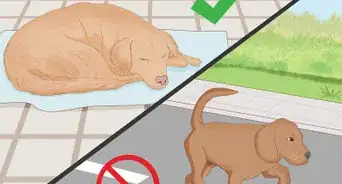

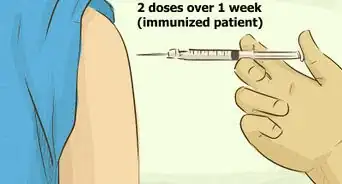

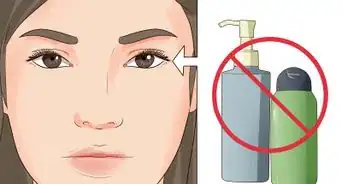
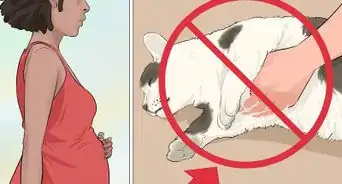












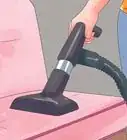





































Medical Disclaimer
The content of this article is not intended to be a substitute for professional medical advice, examination, diagnosis, or treatment. You should always contact your doctor or other qualified healthcare professional before starting, changing, or stopping any kind of health treatment.
Read More...